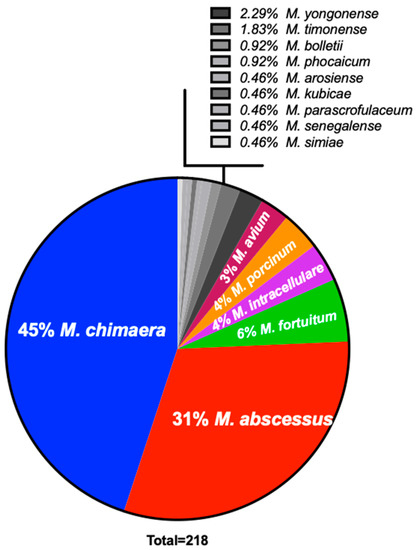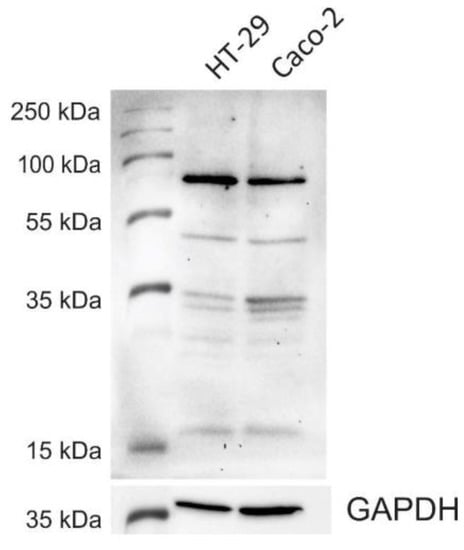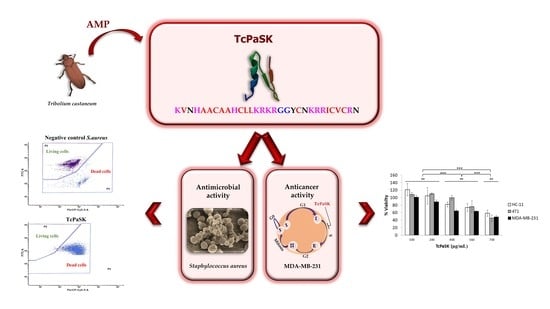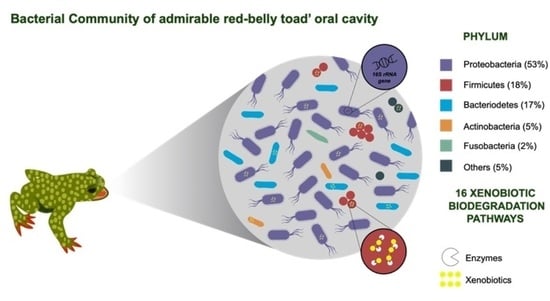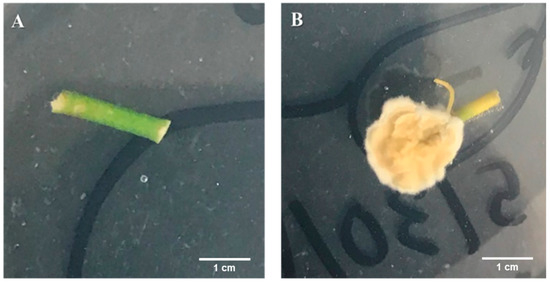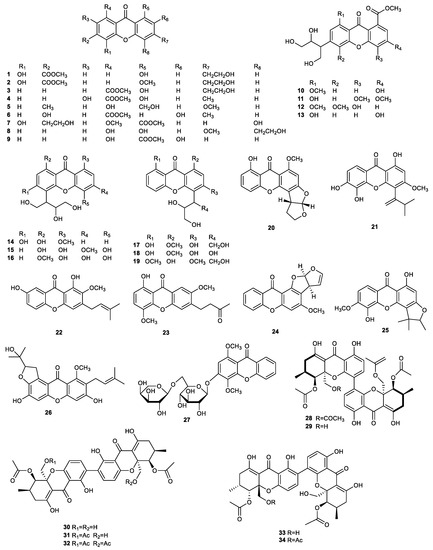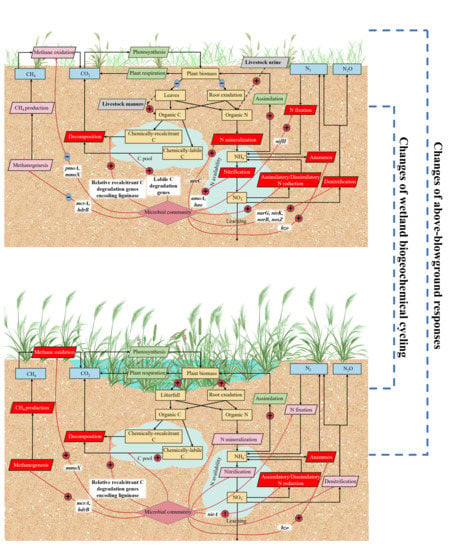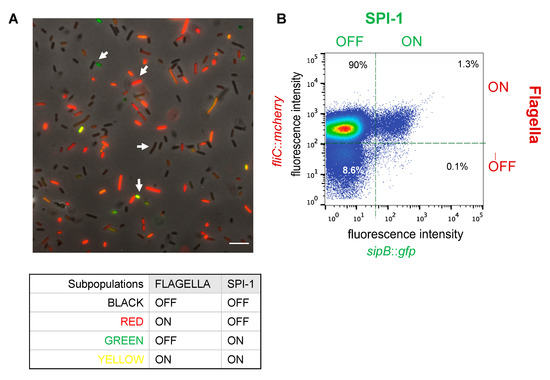Microorganisms 2021, 9(2), 224; https://doi.org/10.3390/microorganisms9020224 - 22 Jan 2021
Cited by 20 | Viewed by 3390
Abstract
Nontuberculous mycobacteria (NTM) are environmental organisms that can cause opportunistic pulmonary disease with species diversity showing significant regional variation. In the United States, Hawai’i shows the highest rate of NTM pulmonary disease. The need for improved understanding of NTM reservoirs led us to
[...] Read more.
Nontuberculous mycobacteria (NTM) are environmental organisms that can cause opportunistic pulmonary disease with species diversity showing significant regional variation. In the United States, Hawai’i shows the highest rate of NTM pulmonary disease. The need for improved understanding of NTM reservoirs led us to identify NTM from patient respiratory specimens and compare NTM diversity between outdoor and indoor locations in Hawai’i. A total of 545 water biofilm samples were collected from 357 unique locations across Kaua’i (n = 51), O’ahu (n = 202), Maui (n = 159), and Hawai’i Island (n = 133) and divided into outdoor (n = 179) or indoor (n = 366) categories. rpoB sequence analysis was used to determine NTM species and predictive modeling applied to develop NTM risk maps based on geographic characteristics between environments. M. chimaera was frequently identified from respiratory and environmental samples followed by M. chelonae and M. abscessus; yet significantly less NTM were consistently recovered from outdoor compared to indoor biofilms, as exemplified by showerhead biofilm samples. While the frequency of M. chimaera recovery was comparable between outdoor and indoor showerhead biofilms, phylogenetic analyses demonstrate similar rpoB gene sequences between all showerhead and respiratory M. chimaera isolates, supporting outdoor and indoor environments as possible sources for pulmonary M. chimaera infections.
Full article
(This article belongs to the Special Issue Non-Tuberculous Mycobacteria: Emerging Diseases and Health Impacts)
►
Show Figures
